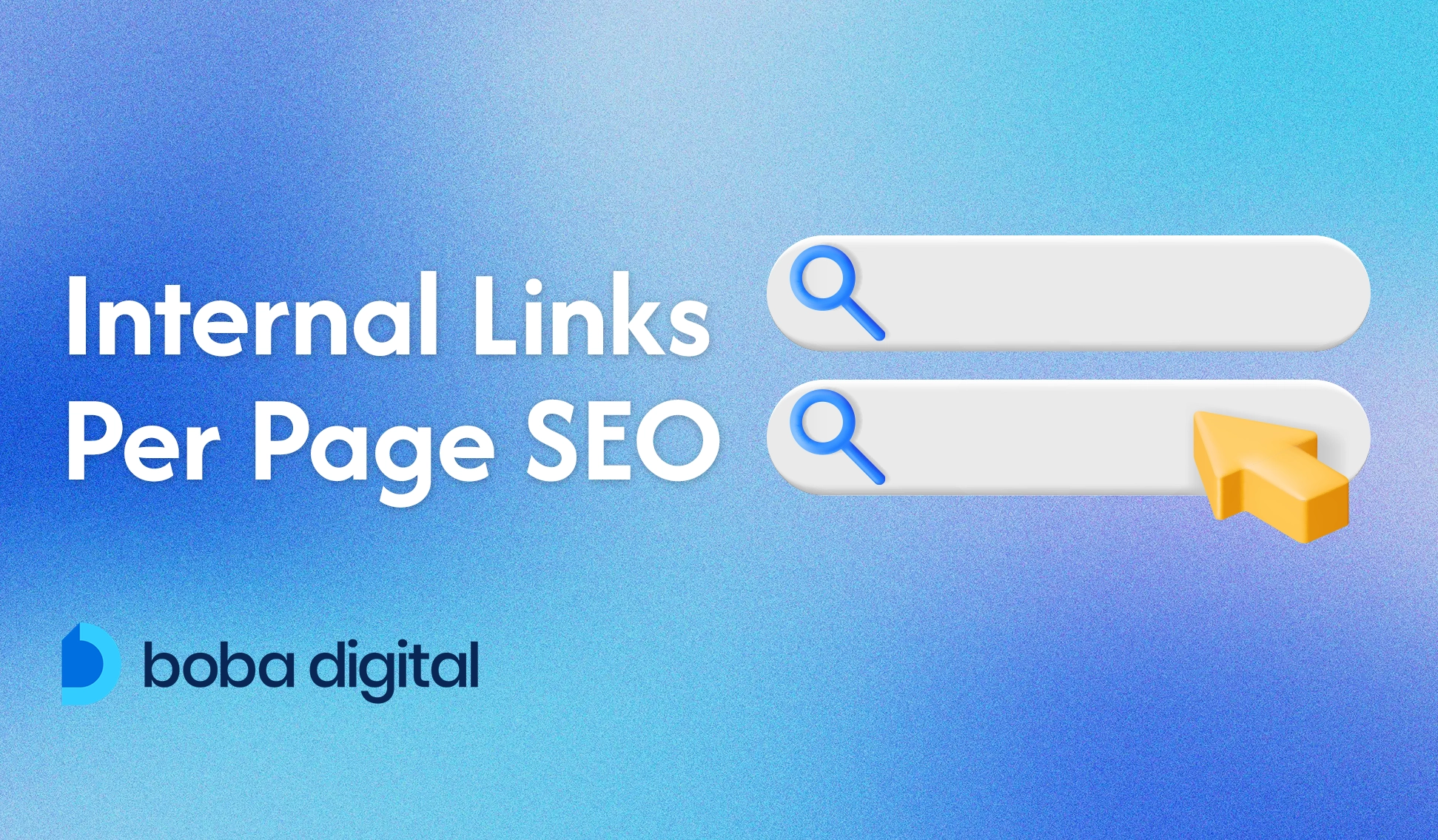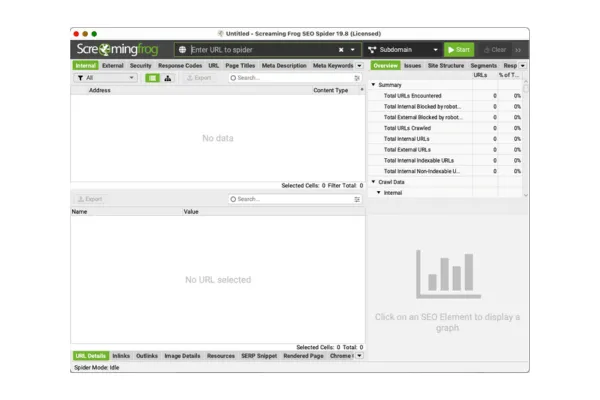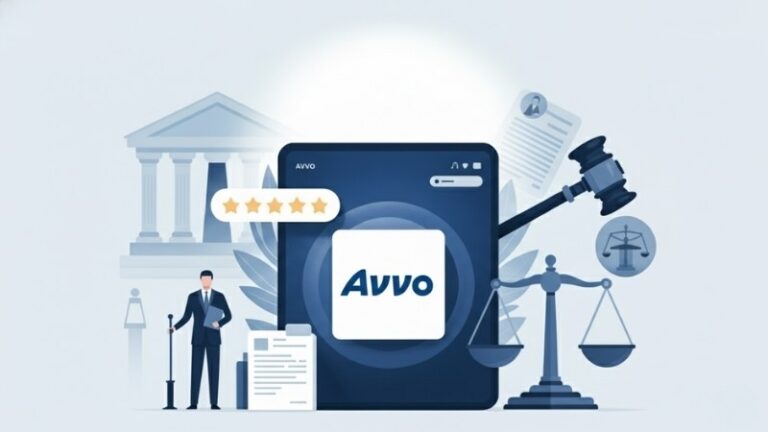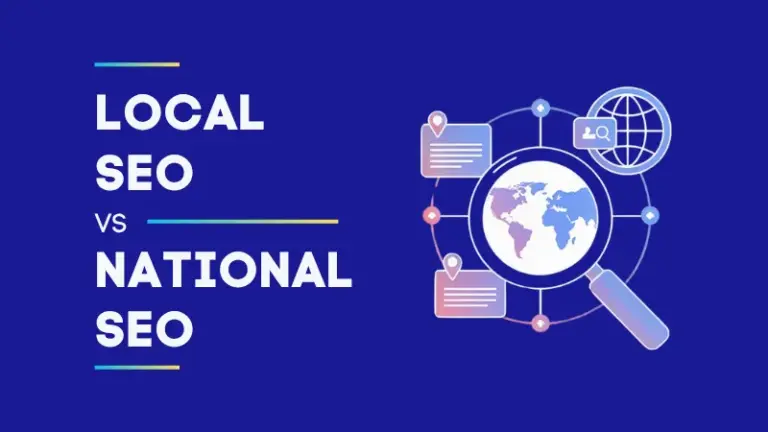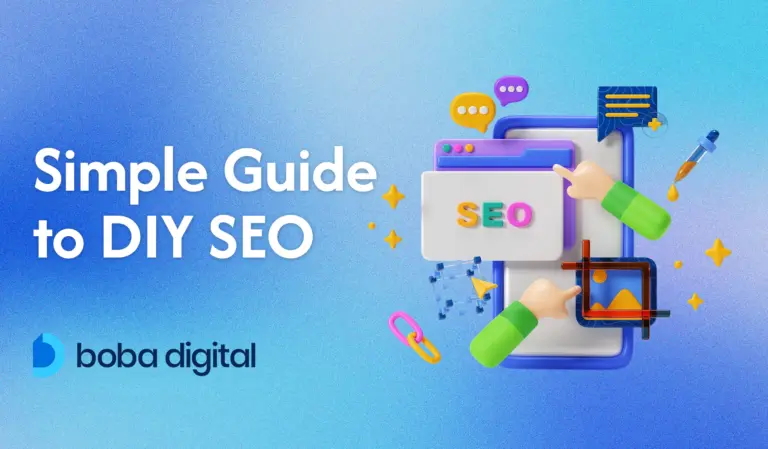How Many Internal Links Per Page SEO: Effective Strategies Explained
Internal linking is a crucial yet often overlooked part of search engine optimization (SEO). It helps search engines understand your website’s structure, ensuring that important pages get discovered and indexed. More than just navigation, internal links play a key role in distributing link equity, guiding users to relevant content, and improving overall web traffic.
But how many internal links per page is too many? There isn’t a fixed rule, but following a solid internal linking strategy ensures that search engine crawlers and users can navigate your site efficiently without excessive linking that dilutes the value of each link.
In this guide, we’ll break down best practices for internal linking, how to identify pages that need more internal links, and the ideal number of contextual internal links per page to maximize both SEO benefits and user experience.
Why Add Internal Links?
Internal links are more than just a way to connect pages within the same website—they play a vital role in improving SEO performance, user engagement, and website structure. By strategically placing internal links, you enhance site navigation, encourage users to explore more content, and help search engines index your pages efficiently.
One of the biggest advantages of internal linking is that it increases time on page and reduces bounce rates. When users find relevant contextual internal links within a blog article or category page, they are more likely to continue reading rather than leaving the site. This builds trust and engagement, signaling to search engines that your content is valuable.
Internal links also act as guides, helping users navigate from one relevant page to another without needing to perform another Google search. A well-structured internal linking strategy ensures that users find the information they need effortlessly, improving their overall experience.
From an SEO perspective, linking from high-traffic pages to less visible but important pages helps distribute link equity and boosts rankings. Also, Internal links contribute to SEO by reinforcing site authority, allowing search engine crawlers to efficiently index other pages, and improving the ranking potential of linked pages.
How Many Internal Links Per Page Is Best for SEO?

Google has the ability to crawl hundreds of links per page, but that doesn’t mean you should add as many as possible. While search engine crawlers can process a large number of internal links, Google emphasizes user experience over sheer quantity. A well-structured internal linking strategy should focus on relevance, usability, and link equity distribution rather than hitting an arbitrary number.
For short pages like product descriptions or brief blog posts, 3–5 relevant internal links are generally sufficient to connect users to related content without overwhelming them.
For long-form content (2,000+ words), it’s common to include 5–10 internal links or more, as long as they are contextually relevant and add value. Contextual links placed naturally within the content help users navigate to important pages without feeling forced or excessive.
Adding too many internal links can dilute link equity, confuse users, and make the page appear cluttered. On the other hand, too few links may leave important pages unlinked, making it harder for search engines to index them properly.
The key to an effective internal linking strategy is balance—prioritize relevant content, use descriptive anchor text, and ensure links guide users logically through the website’s structure. Instead of focusing on a strict number, aim to enhance user experience while helping search engines understand the relationships between your website’s pages.
3 Important Types of Internal Links
Internal links come in different forms, each serving a unique purpose in SEO optimization and user navigation. Using a mix of contextual links, image links, and navigational links ensures that both users and search engines can efficiently explore and understand your website’s structure.
1. Contextual Links
Contextual links are embedded within a page’s main content, seamlessly guiding users to relevant pages without disrupting the reading experience. Because they are placed in primary content areas, contextual links hold high SEO value, making them more engaging and relevant to both users and search engine crawlers.
For example, in a blog article about home cleaning, linking the phrase “professional deep cleaning services” to a related service page helps search engines understand the connection between topics. Using keyword-rich anchor text (instead of generic phrases like “click here”) ensures that search engines index the linked page properly and that users know what to expect when they click.
2. Image Links
Image links are clickable images that direct users to another page. If properly optimized with alt text, they can pass link equity and improve SEO just like text-based links. These links are especially valuable in visual-heavy content such as infographics, product galleries, and portfolio pages, where images attract more engagement than plain text.
For example, an e-commerce store may use an image of a cleaning product as a link to its product page. Adding an optimized alt tag like “eco-friendly kitchen cleaner – shop now” ensures that search engines understand what the image represents and how it connects to the linked page.
3. Navigational Links (Header, Footer, Sidebar)
Navigational links are part of a website’s site architecture, typically appearing in the header, footer, or sidebar. They play a key role in reducing crawl depth, ensuring that important pages are always accessible to both users and search engines.
For example, placing links to “About Us,” “Services,” and “Contact” in the main menu makes it easier for users to navigate and helps search engines crawl essential sections efficiently.
However, overloading navigation menus with too many links can create confusion and dilute page authority. A well-organized site structure prioritizes high-value pages in the menu while using contextual links within content to support deeper navigation.
Why a Balanced Internal Linking Strategy Matters?
A well-balanced internal linking strategy strengthens a website’s SEO performance while improving user navigation. Contextual links provide relevant connections within content, image links enhance engagement while passing link equity, and navigational links ensure that key pages remain easily accessible. When structured effectively, these links create a seamless browsing experience, guiding both users and search engine crawlers to the most valuable pages on a site.
Why the Number of Internal Links Matters?
The number of internal links per page directly affects both user experience and search engine optimization (SEO). Well-placed internal links guide visitors to relevant content, making it easier to explore a website without returning to search engines. This keeps users engaged for longer, reducing bounce rates and improving overall site interaction.
For search engine crawlers, internal links serve as pathways that help them understand site structure and hierarchy. When pages are interlinked effectively, search engines can index content faster and prioritize pages that hold more value. Without a proper internal linking strategy, important pages may be overlooked, making it harder for them to rank in search results.
Another key benefit is link equity distribution, also known as PageRank flow. When high-authority pages link to other important pages, they pass value, strengthening the rankings of linked pages. However, adding too many internal links on a given page, can dilute their effectiveness, reducing the SEO benefit of each link and creating a cluttered user experience.
Orphan pages—pages without internal links pointing to them—are another issue that proper internal linking helps resolve. If a page has no incoming internal links, search engines may struggle to find and index it. Linking strategically from high-traffic pages ensures that all content remains accessible and optimized for search visibility.
4 Factors Influencing the Number of Internal Links
1. Content-Length
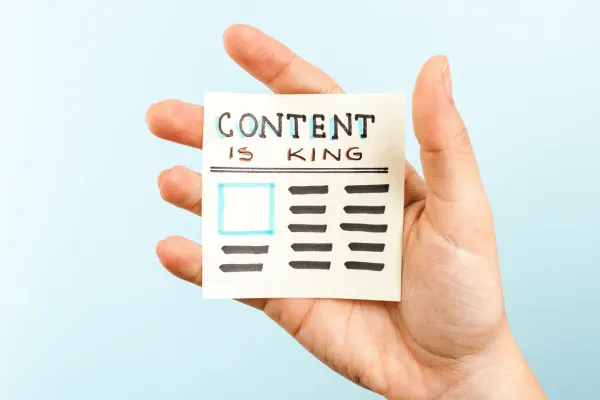
The length of a page plays a significant role in determining how many internal links it can support. Long-form content naturally allows for more internal links without disrupting readability, as there’s enough space to integrate links naturally within relevant sections.
However, longer content doesn’t always mean more links—it depends on how many related pages already exist on the same website already. If a topic is highly specific and there aren’t many relevant pages to link to, forcing unnecessary links can distract users and dilute link value.
2. Relevance and Context
Every internal link should serve a clear purpose, either by enhancing user experience or supporting site hierarchy.
Adding links simply for SEO without considering context can confuse readers and make content feel unnatural. A well-structured internal linking strategy ensures that links guide users to helpful, relevant pages that expand on the current topic or provide additional insights.
3. Page Type and Purpose
Not all pages require the same number of internal links. Informational pages, like blog posts or guides, can include more links since they provide in-depth explanations and connect to various related topics.
On the other hand, transactional or commercial pages—such as pricing, contact, booking, or product pages—should focus on a few but highly relevant links. Overloading these pages with too many links can distract potential customers from completing a conversion action.
4. Site Architecture and Crawl Prioritization
The way a website is structured influences how internal links distribute link equity and guide search engines. Pages that are closer to the homepage or high-traffic pages tend to hold more authority, so linking strategically from these areas can improve the rankings of deeper, less visible pages.
Additionally, ensuring that all pages are interlinked properly prevents orphan pages from being ignored by search engines, improving overall crawlability and indexing.
4 Best Practices for Internal Linking
1. General Internal Links Guidelines
Internal linking should prioritize quality over quantity to improve SEO and user experience. Only link to relevant pages that genuinely add value to the reader, ensuring a logical flow of information. Using descriptive anchor text helps Google and other search engines understand the context of anchor text within the link, improving indexing.
It’s also important to avoid linking to non-canonical URLs or outdated HTTP pages, as this can confuse search engines and dilute page authority.
Additionally, internal links should not be embedded in headings, images, special characters, or empty spaces, as they may not be properly recognized by search engine crawlers.
2. Strategic Placement
The placement of internal links plays a crucial role in their effectiveness. Contextual links within content are the most valuable for both SEO and user navigation, while navigational links in headers, sidebars, and footers help ensure key pages remain accessible across the site.
To maximize impact, important internal links should be placed higher up on the page, where users are more likely to see and click on them. At the same time, links should not be clustered too closely together, as too many internal links in one section can overwhelm readers and appear spammy.
3. Link Variety
A well-balanced internal linking strategy includes a mix of high-authority pages and supporting content. Linking from pillar pages to related subpages creates a topic cluster, improving organization and signaling content relationships to search engines.
Distributing link equity across different types of pages ensures that both new pages and high-traffic pages contribute to overall site authority. Internal links should feel natural and intuitive, making it easy for users to navigate while strengthening site structure.
4. Avoid Common Pitfalls
One of the biggest mistakes in internal link building is overstuffing irrelevant links, which can make content appear spammy to Google and other search engines. Instead of forcing too many links into a page, focus on relevance and user intent.
Excessive use of the “nofollow” attribute should also be avoided unless necessary (e.g., paid links or untrusted content). Additionally, contextual links should always open in a new tab, allowing users to explore related content without leaving the current page.
How to Determine the Right Number of Internal Links?
Finding the right number of internal links per page isn’t about hitting a specific number—it’s about ensuring relevance, improving user experience, and optimizing SEO. Instead of adding more links arbitrarily, follow these actionable steps to determine how many internal links your page should have.
1. Analyze Content Length and Structure
The length and structure of your content dictate natural linking opportunities. Longer pages, like in-depth guides or pillar content, can accommodate more internal links without overwhelming readers. Shorter pages, like product descriptions or landing pages, should focus on fewer, high-value links that drive conversions or direct users to essential information.
2. Use SEO Tools for Internal Link Audits
Identifying internal linking opportunities manually can be time-consuming, but tools like Semrush, Ahrefs, and Screaming Frog help analyze your site’s structure and detect gaps in internal linking. These tools highlight orphan pages (pages with no internal links), broken links, and underlinked pages, ensuring that your internal linking strategy remains strong.
3. Link High-Authority Pages to Boost Weaker Pages
A smart internal linking strategy involves linking from high-traffic or authoritative pages to newer or less authoritative pages. For example, if a blog post on “Deep Cleaning Tips” is performing well, linking from it to a related service page can pass link equity and increase the visibility of lower-ranked content.
4. Prioritize Relevance—Avoid Forcing Links
Internal links should always be relevant and add value to the user. Instead of forcing unrelated anchor text, only link to pages that naturally enhance the reader’s understanding or guide them toward the next step. Adding irrelevant links not only confuses users but also dilutes the effectiveness of internal linking for search engines.
Monitoring and Optimizing Internal Links
Regular internal link audits are essential for maintaining a well-structured website that supports SEO performance and enhances user experience. Over time, pages get updated, URLs change, and broken links can accumulate, disrupting navigation and negatively impacting search rankings. Using the right tools helps ensure that your internal linking strategy remains effective.
1. Screaming Frog – Identifying Broken and Orphan Links
Screaming Frog is a powerful website crawler that scans every page on your site, providing insights into broken internal links, orphan pages, and redirect chains. It allows you to:
- Identify 404 errors (broken links that lead to non-existent pages).
- Find internal links pointing to outdated or redirected pages.
- Detect orphan pages that lack incoming internal links and are hard to find by search engines.
Running a site audit with Screaming Frog regularly helps keep your internal links functional and optimized.
2. Ahrefs – Analyzing Internal Link Equity and Opportunities
Ahrefs offers a site audit tool that evaluates the distribution of internal links across your website. It helps:
- Locate underlinked pages that could benefit from more internal links.
- Identify high-authority pages that can pass link equity to weaker pages.
- Analyze anchor text usage to ensure internal links are descriptive and SEO-friendly.
This data helps refine your internal linking structure, ensuring that important pages receive the authority they need to rank higher.
3. Google Search Console – Tracking Crawlability and Indexing Issues
Google Search Console provides valuable insights into how search engines crawl and index your internal links. It allows you to:
- Check for crawl errors and pages blocked by robots.txt.
- Monitor which internal links Googlebot follows the most.
- Identify indexing issues that prevent pages from appearing in search results.
Using Google Search Console ensures that your most valuable web pages are discoverable and properly indexed.
4. Google Analytics – Measuring User Behavior and Link Effectiveness
Google Analytics helps track how users interact with internal links, providing data on:
- Bounce rate – High bounce rates may indicate that users are not engaging with linked content.
- Time on page – Longer session durations suggest that internal links are keeping users engaged.
- User flow reports – These show how visitors navigate between pages, revealing opportunities for better internal linking placement.
Tracking these metrics helps fine-tune internal link placement, ensuring that links guide users to relevant content in a logical and engaging manner.
5. Keeping Internal Links Updated
As new content is added, older pages should be updated with fresh internal links to ensure they stay connected to the latest information. This keeps content relevant and discoverable while improving site structure for search engines and users alike.
A well-maintained internal linking strategy enhances SEO, improves crawlability, and ensures a seamless user experience across the website. Regular audits and performance tracking make it easier to identify and resolve issues before they impact rankings.
Strengthen Your SEO with Smart Internal Linking
A well-planned internal linking strategy strikes the perfect balance between quality and quantity, ensuring that both search engines and users can navigate your site with ease. Thoughtfully placed internal links not only help distribute link equity but also improve site structure, user engagement, and search rankings.
To get the most out of internal linking, focus on relevance, strategic placement, and variety in your links. Regular audits using tools like Google Search Console, Screaming Frog, and Ahrefs help identify broken links, orphan pages, and underlinked content that need attention. Avoid overstuffing links or forcing irrelevant connections, as this can confuse users and dilute SEO value.
If you’re looking to optimize your internal linking strategy and boost your website’s authority and rankings, Boba Digital can help. Our team specializes in SEO and digital marketing, ensuring that your site is not only well-structured but also fully optimized for maximum visibility and conversions.
Ready to take your SEO to the next level? Let’s discuss your goals and craft a strategy that drives results. Schedule a consultation today!
FAQs
Are too many internal links bad for SEO?
Yes, adding too many internal links on a page can dilute their effectiveness. When a page is overloaded with links, search engines may struggle to determine which ones hold the most value. Users may also find excessive links distracting, leading to poor navigation and engagement. Instead of focusing on quantity, use strategic internal linking to guide both users and search engine crawlers to important pages naturally.
Do internal links boost SEO?
Yes, internal links contribute to SEO by improving site structure, distributing link equity, and enhancing crawlability. They help search engines index new and important content faster, while also guiding users to relevant pages. A strong internal linking strategy can increase page authority, reduce orphan pages, and improve rankings when links are used contextually and naturally.
Is there a maximum number of internal links Google can crawl?
Google can crawl hundreds of links per page, but quality matters more than quantity. If a page has too many internal links pointing elsewhere, link equity may be diluted, and important pages may not receive enough value. Google recommends focusing on useful, relevant links rather than placing an excessive number of internal links that don’t add value.
How do I find opportunities for adding internal links?
Tools like Ahrefs, Semrush, and Screaming Frog help identify underlinked pages and orphan content that lack internal connections. Another method is manual internal link building, where you review existing content and link to relevant pages that enhance user experience.
Should I use nofollow attributes for internal links?
Internal links should generally be dofollow, allowing search engines to crawl and index them. However, it’s appropriate to use nofollow attributes on pages like login pages, terms and conditions, and disclaimers, which don’t need to be indexed. Overusing nofollow on internal links can disrupt site structure and cause valuable pages to lose ranking potential.
Do footer links count as internal links?
Yes, footer links are considered internal links, but their SEO value is lower than contextual links placed within content. While footer links help with site navigation, placing too many can clutter the design and confuse users. For SEO purposes, important pages should be linked contextually within the content rather than relying solely on footer links.

